The Moon is a spherical rocky body, like the Earth but significantly smaller. Throughout the month the Moon changes shape, from new Moon, through the crescent phase, to a half Moon, and then full Moon, before disappearing again back to New Moon. The Moon emits no light of its own, this effect is purely down to how we see the change in illumination from the Sun as the Moon slowly orbits the Earth.
Category: KS2 (page 2 of 2)
Evolution is the mechanism by which plants and animals (and other organisms) adapt to their environment as it slowly changes with time. It allows species to change and cope with significant changes in their surroundings, as long as the change is slow compared to the lifespan of one generation of the organism in question.
The Sun is a star powered by nuclear reactions and is incredibly powerful. It is vital for life on Earth, providing the heat and light we need in order to survive and for the food chain to operate, but it is so powerful that it must be viewed very carefully in order to avoid damage to the human eye.
Solar and lunar eclipses are fascinating events where the Sun or Moon appears to disappear, respectively. Their spectacular nature causes a lot of interest. This activity looks at what happens during each type of eclipse using a physical model that the students can build themselves and experiment with to explore how and why eclipses happen.
The Moon has a rocky surface covered in craters. Many other planets in the solar system have similarly cratered surfaces, including the Earth. We don’t see so many craters on the Earth because of the combined effects of weathering and plate tectonics. The Moon has no atmosphere and no plate tectonics, so the cratering that happened in the early stages of the Solar System’s history is well-preserved today.
The aurora is a truly spectacular visual phenomenon visible close to the north and south poles of the Earth and occurs because of an interaction between the Sun and the Earth. This activity introduces the reasons for the phenomenon and explores the visual appearance through art.
© 2025 We Share the Same Moon
Theme by Anders Norén — Up ↑





